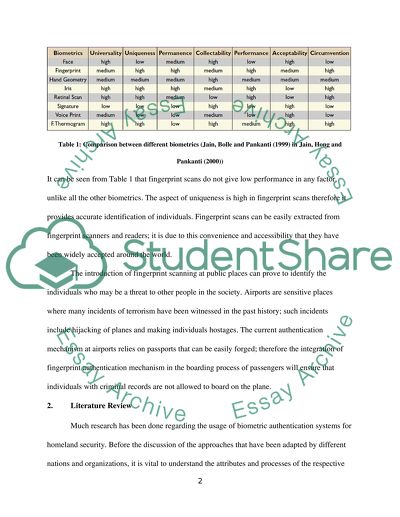Cite this document
(“Electronic fingerprint scanning for security at airports Research Paper”, n.d.)
Retrieved from https://studentshare.org/family-consumer-science/1417743-electronic-fingerprint-scanning-for-security-at
Retrieved from https://studentshare.org/family-consumer-science/1417743-electronic-fingerprint-scanning-for-security-at
(Electronic Fingerprint Scanning for Security at Airports Research Paper)
https://studentshare.org/family-consumer-science/1417743-electronic-fingerprint-scanning-for-security-at.
https://studentshare.org/family-consumer-science/1417743-electronic-fingerprint-scanning-for-security-at.
“Electronic Fingerprint Scanning for Security at Airports Research Paper”, n.d. https://studentshare.org/family-consumer-science/1417743-electronic-fingerprint-scanning-for-security-at.


